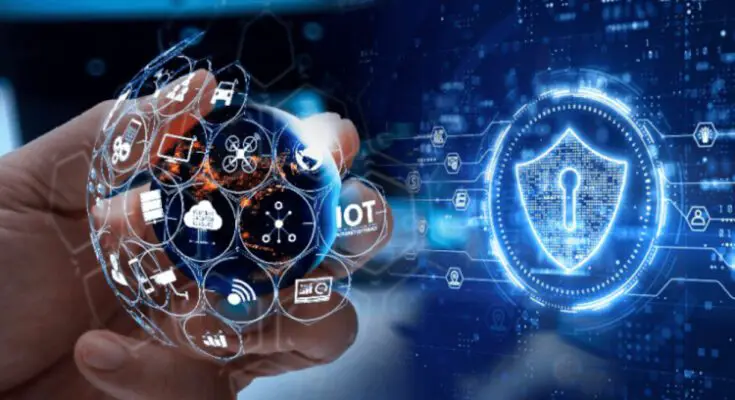As technology rapidly evolves, organizations must stay one step ahead to ensure their digital infrastructure is secure. Software security helps protect software applications and experiences from being accessed or used unauthorized, allowing businesses to use new technologies with peace of mind confidently. In this blog post, we’ll explore the current software security trends and predict future developments for a more fortified sonic defense system!
What Is Software Security?
Software security is a set of processes and techniques to protect software applications from malicious attacks and other risks that can compromise their integrity, authentication, and confidentiality. It involves identifying potential threats to a system’s security, such as malware or viruses, and taking measures to prevent them from occurring.
Current Trends in Software Security
The current trends in software security are focused on building secure systems from the start without requiring additional components to add additional layers of protection.
Organizations are taking proactive steps to ensure their software is secure from the ground up. To do so, integrated security measures such as input validation and encryption protocols must be baked into applications during design, development, and testing to safeguard against malicious attacks. As a result of this shift towards SDLC-focused security strategies, organizations can rest assured knowing that they have taken all necessary precautions ahead of time—not after the fact!
In an attempt to improve software security, organizations everywhere are leveraging DevSecOps to increase the safety of their software. This innovative approach works by weaving security into every step throughout an application’s development, from initial design all the way through deployment. With DevSecOps, organizations can ensure no stone is left unturned when securing their applications!
The goal is to improve software quality while reducing vulnerabilities and making it easier for developers to create secure applications. To simplify the process, providers like JFrog have stepped in with state-of-the-art DevSecOps tools that enable developers to streamline secure application creation. At the same time, they remain focused on their primary mission – delivering high-quality applications faster and more securely than ever!
Organizations are also deploying automated tools like SAST, DAST, and IAST to proactively detect security issues early in the development process – safeguarding their users’ data while minimizing risk. Using fuzzing and penetration testing tools, they can comprehensively view potential vulnerabilities to ensure safe practices from day one.
With the rise of cloud-based solutions, organizations are experiencing better protection from malicious attacks without committing too many resources. Not only can features be deployed quickly and with less investment in hardware or infrastructure upgrades, but these solutions also offer real-time monitoring to pick up suspicious activity before any damage can occur. Organizations now have an agile security solution they need for total peace of mind!
Predictions for the Future of Software Security
As technology continues to evolve at an ever-increasing rate, so will our need for advanced software security measures. Here are some predictions for how software security will develop over time:
- Automation: As organizations strive for streamlined processes with resilience against malicious attacks, automation will be increasingly imperative. Tools such as SAST/DAST/IAST enable cost-effective prevention of vulnerabilities in the early stages of development – a game-changing solution quickly becoming commonplace!
- Machine Learning & AI: Our networks and applications are now being safeguarded by the latest machine learning algorithms and AI technologies. With their ever-expanding capabilities for analyzing gargantuan data quickly, these cutting-edge tools can spot looming threats that might have otherwise gone unnoticed – keeping our systems safe from the malicious activity!
- Cloud Computing: Cloud computing solutions will continue to be popular due to their scalability and cost-effectiveness compared to traditional on-premise solutions. Additionally, cloud providers offer additional layers of protection through real-time monitoring capabilities, which can help detect suspicious activity before it becomes a problem for users or customers.
- Endpoint Security: Endpoint security solutions will remain a top priority for businesses in 2023, as cyberattacks often focus on endpoints such as computers and mobile devices. These solutions can help prevent malware from spreading across networks by providing real-time protection against attacks that compromise sensitive information or disrupt business operations.
Conclusion
As technology advances at unprecedented rates, software security is now a must-have for any organization. Staying aware of current trends and preparing ahead can guard an organization’s digital assets against malicious attacks while protecting their data from unauthorized use or access – both now and in the future! Investing in quality cyber protection ensures systems stay up with changing times, so organizations are always one step ahead when safeguarding valuable information.



